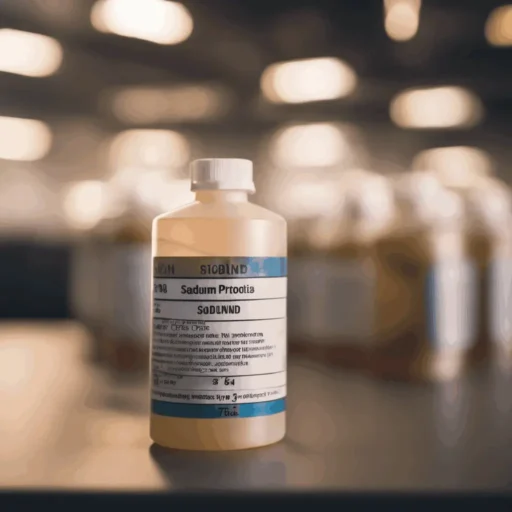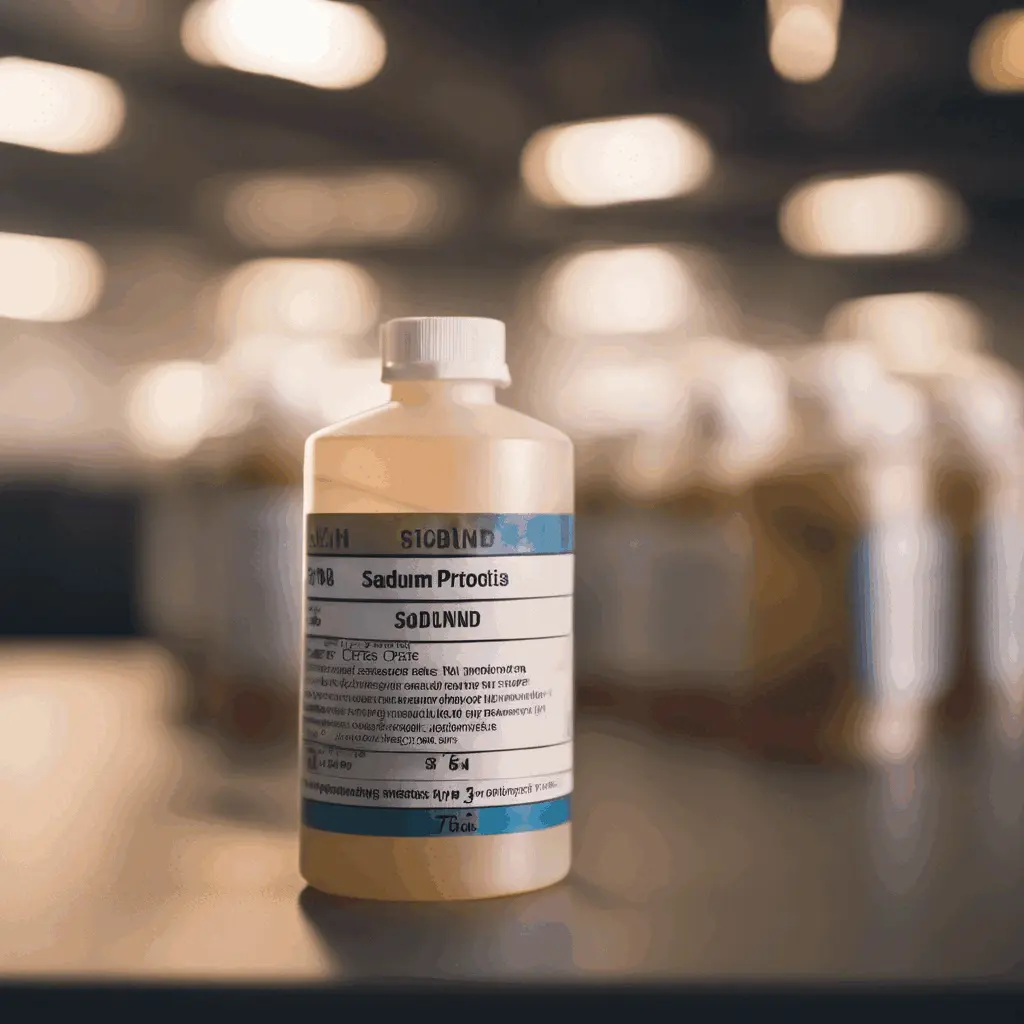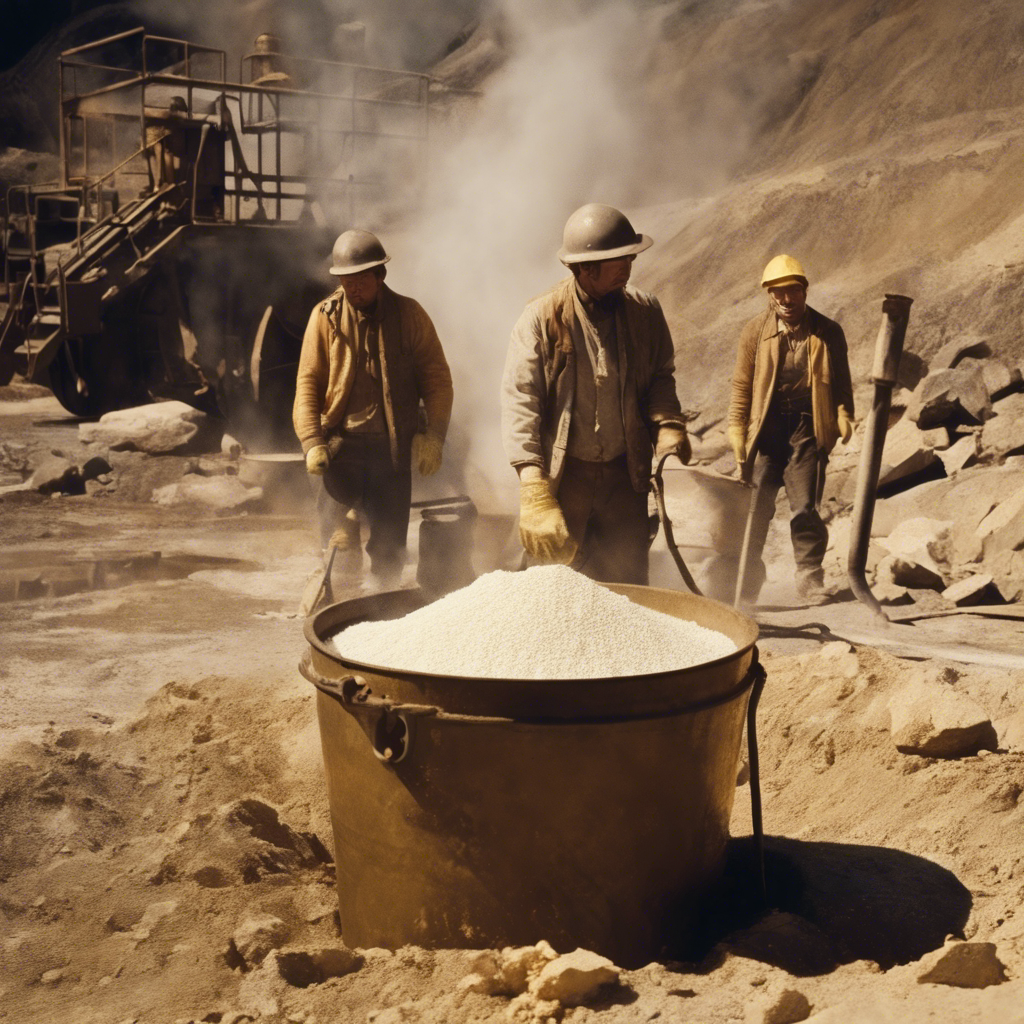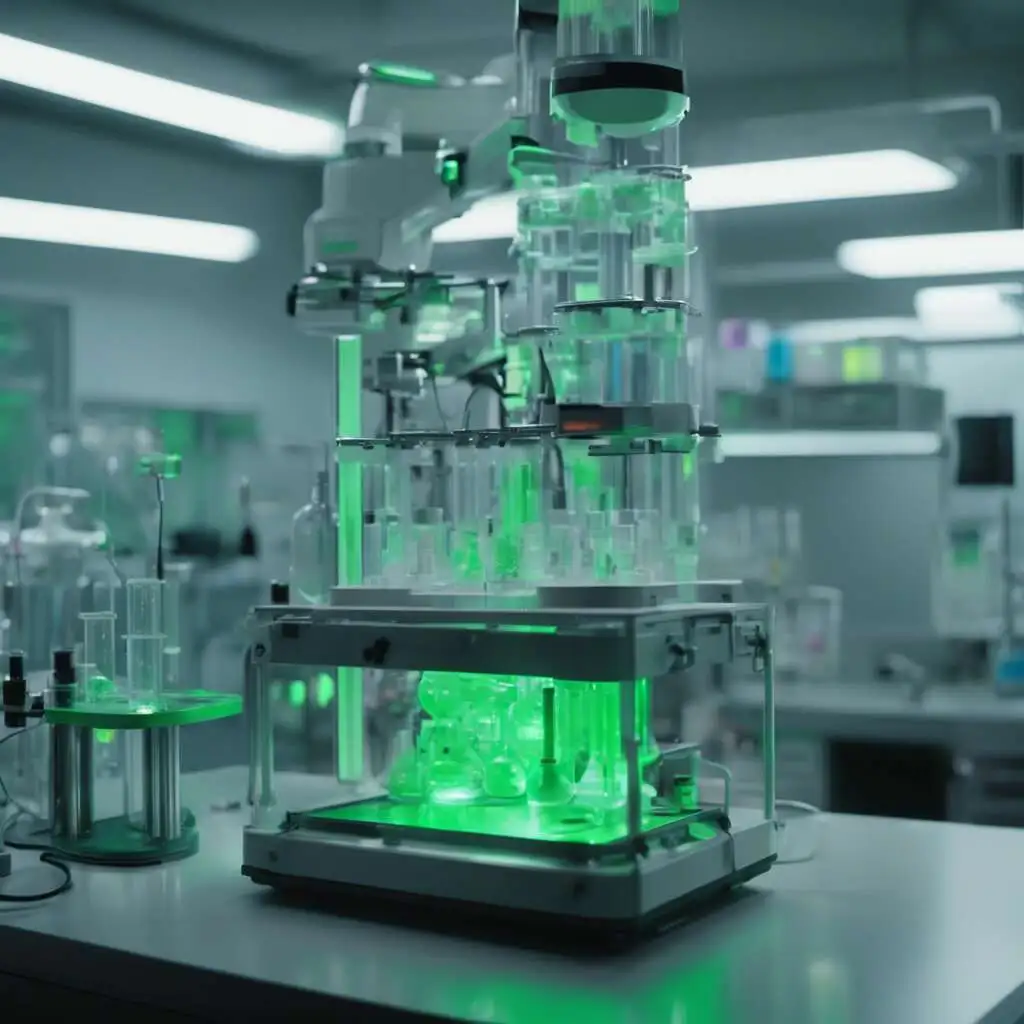Sodium cyanide (NaCN) has been a cornerstone chemical in industries such as mining, particularly for the extraction of gold and silver, and in chemical synthesis. However, its high toxicity and the environmental risks associated with its use have prompted a global search for safer, more sustainable alternatives. This post delves into the ongoing research and developments aimed at replacing sodium cyanide with innovative technologies and chemical processes that maintain efficacy while mitigating health and environmental risks.
Current Applications and Risks of Sodium Cyanide
Sodium cyanide is predominantly used in the mining industry for the leaching process in the extraction of precious metals from ores. The process, known as cyanidation, involves the chemical reaction between sodium cyanide and metal ores to form a soluble gold-cyanide complex that can be separated from the rock. Despite its effectiveness, the use of sodium cyanide poses significant risks including potential lethal toxicity to humans and wildlife, risks of spills, and long-term environmental degradation.
Emerging Technologies and Chemical Alternatives
Recognizing these risks, researchers and industry leaders are investing in alternative technologies and chemicals that can either replace sodium cyanide or drastically reduce its environmental footprint. Here are some of the most promising developments:
- Thiosulfate Leaching: This technique has emerged as a frontrunner in the race to replace cyanide in gold leaching. Thiosulfate is a non-toxic alternative that dissolves gold in a similar mechanism to cyanide. The process has been successfully implemented at scale by companies such as Barrick Gold. It is particularly effective in extracting gold from ore that contains copper, which poses problems for traditional cyanide extraction.
- Chloride Leaching: Chloride, another alternative to cyanide, involves using chloride as an oxidizing agent to extract metals from ores. This method is effective for ores that are refractory and do not respond well to cyanide leaching. Research indicates that chloride leaching can achieve high recovery rates of metals, similar to those of cyanide but without the associated environmental risks.
- Biocyanidation: Leveraging the principles of biotechnology, some researchers are exploring the use of microorganisms that can naturally produce cyanide for leaching precious metals. This biological approach to cyanide production can potentially reduce environmental hazards, as the cyanide remains contained within a biological system, reducing the risk of free cyanide release.
- Recycling and Reuse of Cyanide: While not a direct alternative, improving the recycling and reuse rates of cyanide in mining operations can significantly reduce the environmental impact. New technologies are being developed that allow for the effective recycling of cyanide from process streams, thereby reducing the overall consumption of fresh cyanide.
- Ionic Liquids: A novel approach involves the use of ionic liquids in metal extraction. These salt-like fluids, which are liquid at room temperature, can dissolve metals in a manner similar to cyanide but are less toxic and more environmentally benign. Research is ongoing to enhance their effectiveness and economic viability for industrial-scale operations.
Challenges and Future Directions
Despite these promising developments, the transition away from sodium cyanide is not without challenges. Many of the alternatives currently face issues related to cost, scalability, and the efficiency of metal recovery. For instance, thiosulfate leaching is generally more expensive than cyanide and can be slower, requiring more robust equipment and higher operational costs.
The future direction of this field will likely focus on improving the efficiency and cost-effectiveness of these alternatives, as well as ensuring that they can be implemented at scale with minimal environmental impact. Additionally, regulatory changes and industry standards that prioritize environmental sustainability and worker safety could accelerate the adoption of these new technologies.
Conclusion
The quest for alternatives to sodium cyanide is driven by the urgent need to mitigate the environmental and health risks associated with its use. While significant challenges remain, the ongoing research and development in this area hold promise for safer, more sustainable methods of metal extraction and chemical synthesis. As these technologies continue to mature, they may redefine industrial practices, aligning them more closely with global sustainability goals.






